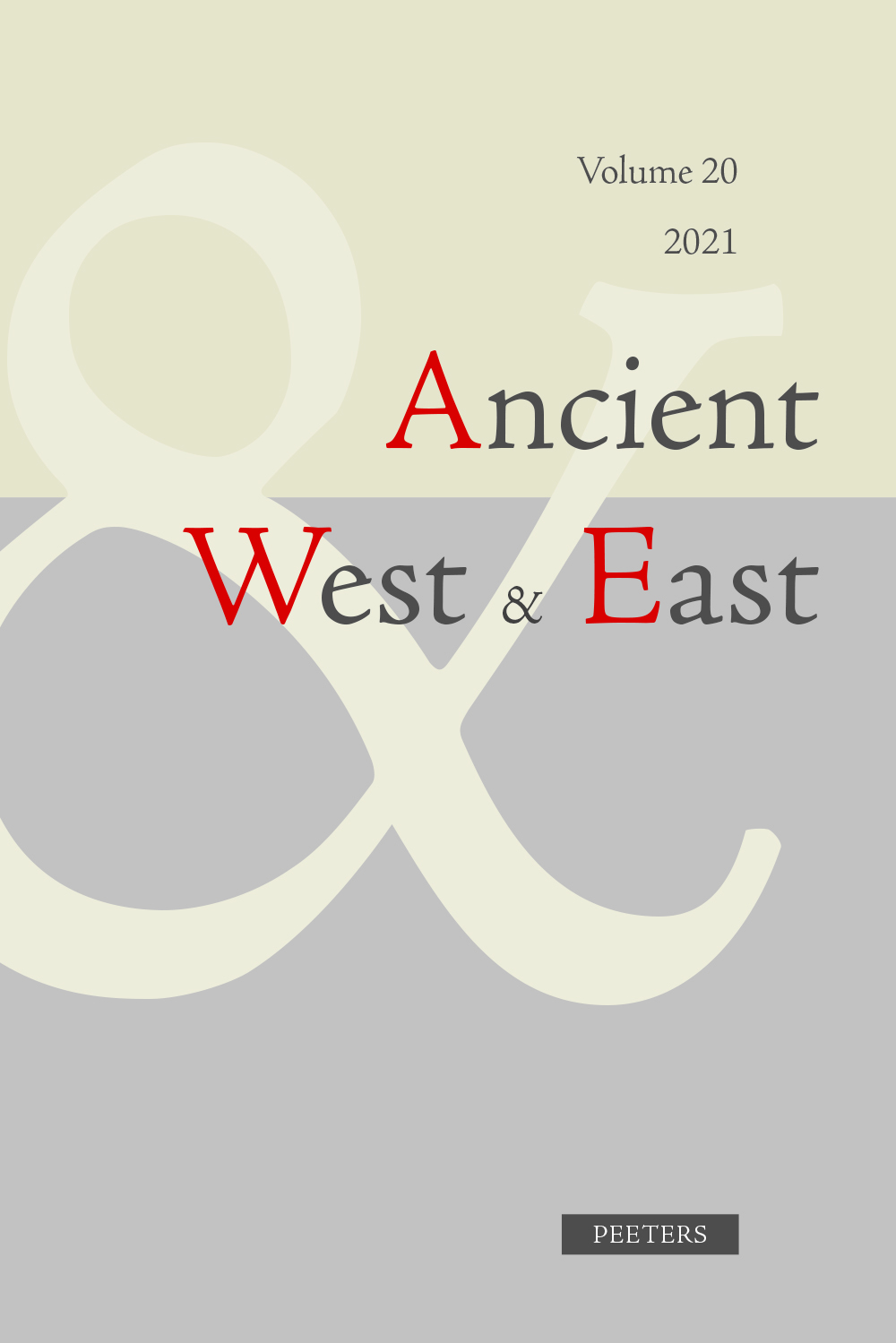 previous article in this issue previous article in this issue | next article in this issue  |

Preview first page |
Document Details : Title: Kaiserzeitliche und spätantike Bautechniken im Ostpontos Author(s): PLONTKE-LÜNING, Annegret Journal: Ancient West & East Volume: 6 Date: 2007 Pages: 261-275 DOI: 10.2143/AWE.6.0.2022803 Abstract : The eastern Pontos came into the Roman sphere of influence in the 60s BC. It was probably in the time of Nero that development began of the Pontic limes, the chain of Roman fortresses on the shore which served as anchorages for the Pontic fleet and as Roman outposts for Armenia and Iberia. The first fortresses were constructed of wood and earth, as we learn from Arrian for Phasis and the excavation results from Pityus/Pitiunt. From the 2nd century onwards the fortresses were built in durable materials – for Phasis Arrian describes brick walls. The early Christian churches of the eastern Pontos were mostly constructed of opus mixtum or fine ashlar emplecton – i.e. with building techniques characteristic of Constantinople and the western part of Asia Minor and neighbouring Cappadocia. This corresponds with the administrative orientation of the region – the church was under the jurisdiction of the diocese of Pontos, the Roman fortresses were under the control of the governor of Cappadocia, who resided in Satala in Armenia Minor, and supply was effected by the Pontic fleet with its headquarters in Trapezus/Trapezunt. |
|


